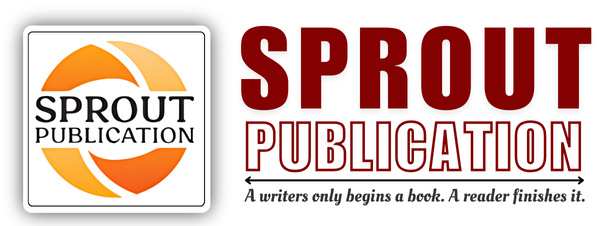Chapter 9: Vaccine Safety Surveillance
Chapter 9: Vaccine Safety Surveillance
Author: Mrs. Saba Ruksaar
Volume: 01
First Online: 31 August 2024
Pages: 103-113
DOI:
Abstract
Vaccine safety surveillance is a critical component of public health systems, designed to monitor and ensure the safety of vaccines before and after they are introduced to the population. This surveillance involves the systematic collection, analysis, and interpretation of data related to adverse events following immunization (AEFI). Key elements include the use of passive and active surveillance systems, such as the Vaccine Adverse Event Reporting System (VAERS) in the United States and the WHO’s Global Vaccine Safety Initiative, to detect potential safety signals. These systems are complemented by enhanced monitoring during vaccine rollouts, particularly for new vaccines or in response to emerging public health needs. Rigorous data analysis, including causality assessments, helps differentiate between coincidental events and true vaccine-related risks. Effective communication of vaccine safety information to healthcare providers and the public is essential to maintaining trust in vaccination programs. Continuous vaccine safety surveillance ensures that vaccines remain safe and effective, ultimately protecting public health and preventing disease outbreaks.
Keywords: Vaccine Safety Surveillance, Adverse Events Following Immunization (AEFI), Vaccine Adverse Event Reporting System (VAERS), Global Vaccine Safety Initiative

